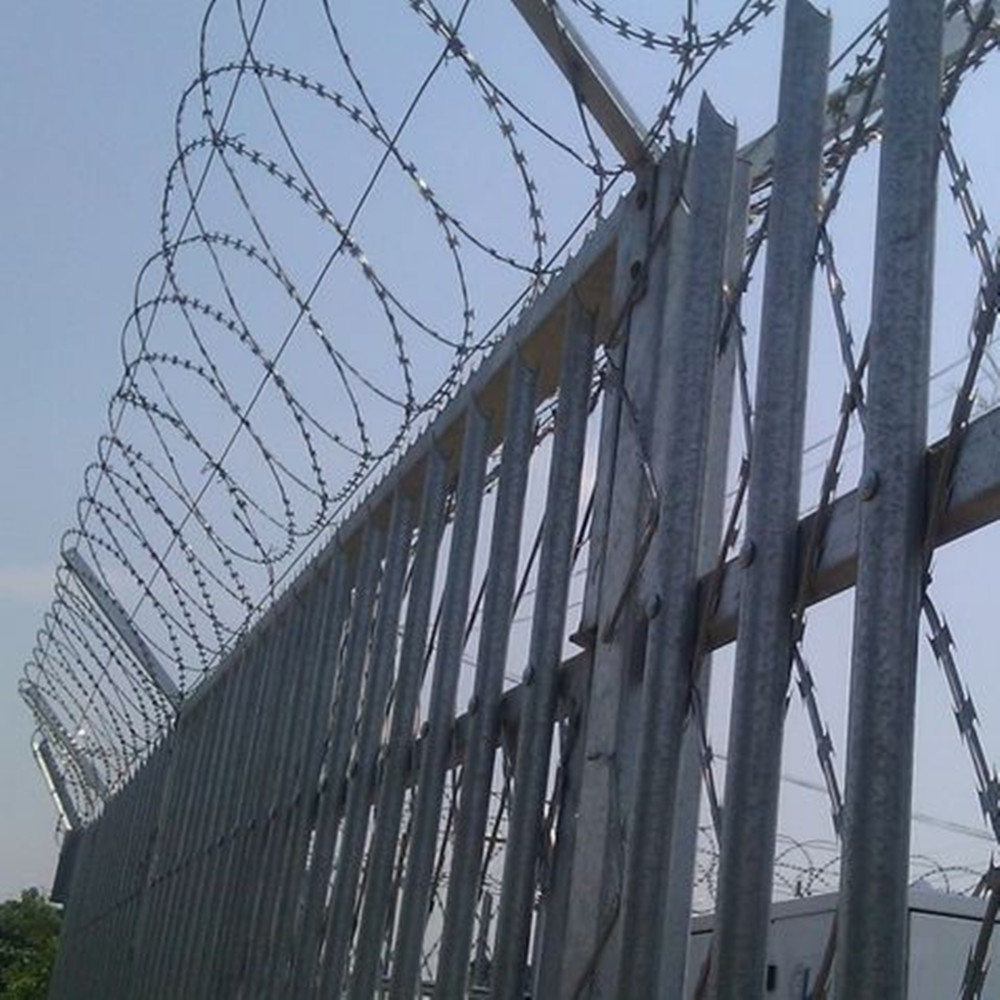Dec . 23, 2024 18:02 Back to list
Various Sizes of Gabion Boxes for Landscaping and Construction Projects
Understanding Gabion Box Sizes A Comprehensive Guide
Gabion boxes are widely used in modern construction and landscaping to provide both structural integrity and aesthetic appeal. Made from wire mesh, these boxes are typically filled with rocks, concrete, or other materials, creating a sturdy structure that can withstand natural forces, such as erosion and flooding. One of the key aspects of using gabion boxes effectively is understanding their sizes and how to choose the right dimensions for your particular project.
What Are Gabion Boxes?
Gabion boxes are rectangular cages composed of metallic wire mesh, often galvanized or coated for corrosion resistance. They are designed to be filled with stones, gravel, or other suitable materials, allowing for a range of uses, including retaining walls, barriers, and decorative landscaping features. The versatility of gabion boxes makes them a preferred choice for engineers, architects, and DIY enthusiasts alike.
Common Sizes of Gabion Boxes
Gabion boxes come in various sizes, and selecting the appropriate dimensions is essential based on the intended application. The most common sizes include standard dimensions of 1m x 1m x 1m, 2m x 1m x 1m, and sometimes larger configurations like 3m x 1m x 1m or even custom sizes tailored to specific needs.
1. Small Sizes (e.g., 1m x 1m x 1m) Smaller gabion boxes are often used for decorative purposes in gardens, as low retaining walls, or for minor landscaping projects. Their compact size allows for flexibility in design, making them suitable for smaller outdoor spaces.
2. Medium Sizes (e.g., 2m x 1m x 1m) These boxes are popular in commercial landscaping and smaller construction projects. They can serve as effective erosion control solutions or boundary walls while being large enough to provide substantial structural advantages.
3. Large Sizes (e.g., 3m x 2m x 1m) Larger gabion boxes are typically used in heavier construction projects, such as major retaining walls, riverbank stabilization, and large-scale erosion control. Their size allows them to bear greater loads, making them ideal for high-stress applications.
gabion box sizes

Factors to Consider When Choosing Gabion Box Sizes
When selecting the proper gabion box size for your project, consider the following factors
- Purpose Determine what you aim to achieve with the gabion boxes. Are they for structural support, aesthetic enhancements, or both? This will guide you in choosing the appropriate sizes.
- Site Conditions Evaluate the environment where the gabion boxes will be placed. Factors like soil type, slope, and proximity to water sources can influence the size and configuration you will need.
- Material Availability The type and size of fill material available can also dictate the dimensions of the gabion boxes. Larger stones may require larger boxes, while finer materials can be used in smaller versions.
- Aesthetic Considerations If appearance is a priority, consider how the size of the gabion boxes will affect the overall look of your landscape. Smaller boxes can provide a more intricate design, while larger ones can create bold statements.
Conclusion
Gabion boxes are a versatile and attractive solution for various construction and landscaping needs. Understanding the different sizes available and considering your specific requirements ensures that you can effectively incorporate these structures into your projects. Whether you opt for small decorative boxes or large retaining walls, gabion boxes provide durability and style, making them a smart choice for any building endeavor.
-
High Quality 9 Gauge Expanded Metal Mesh & Chain Link Wire Mesh Fence Manufacturer
NewsJun.10,2025
-
Barbed Wire Roll Price - Wholesale Exporters & Reliable Factories Supply
NewsJun.10,2025
-
High-Quality Temporary Mesh Fence Panels for Sale Durable Temporary Fence Panels Supplier
NewsJun.10,2025
-
Welded Wire Fence Mesh Exporters Custom Sizes & Competitive Pricing
NewsJun.10,2025
-
Durable China Expanded Metal Security Mesh High-Security & Affordable
NewsJun.10,2025
-
White Expanded Metal Mesh Durable for Temp Fencing & Plaster
NewsJun.10,2025



